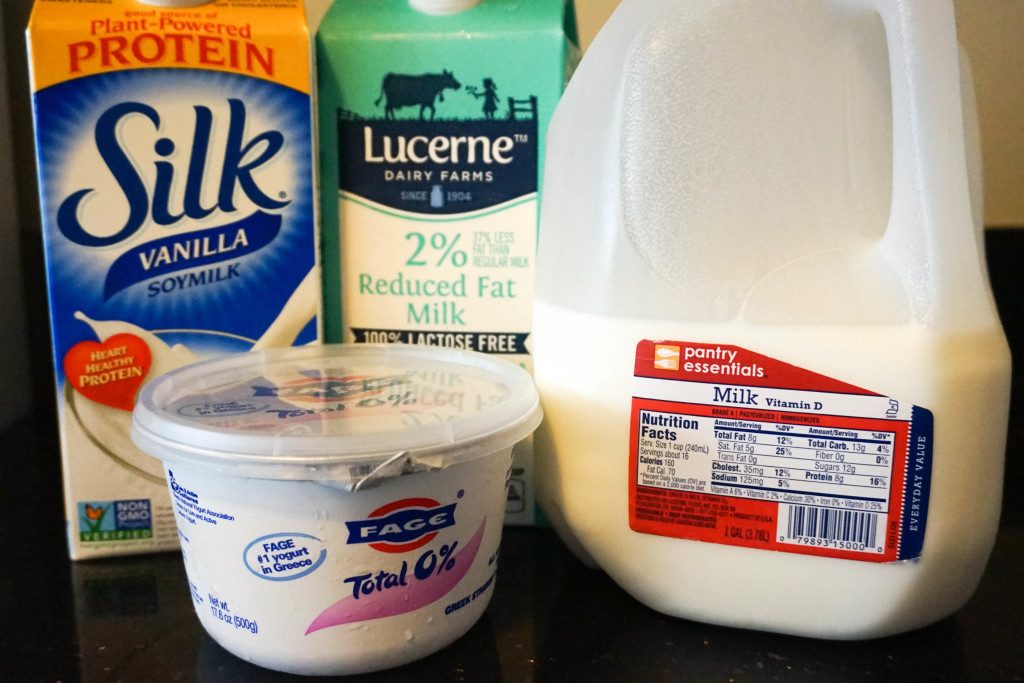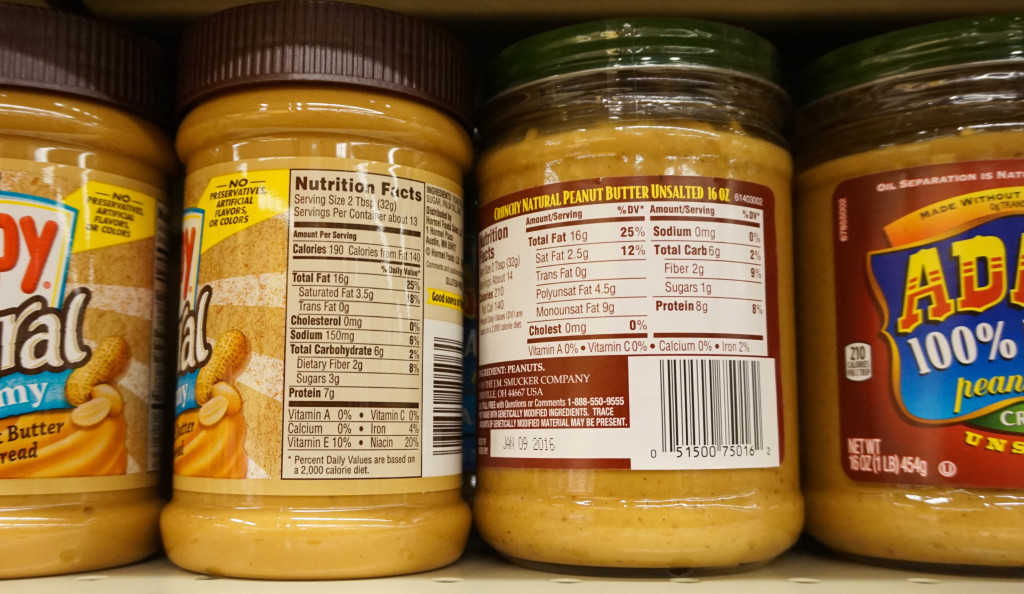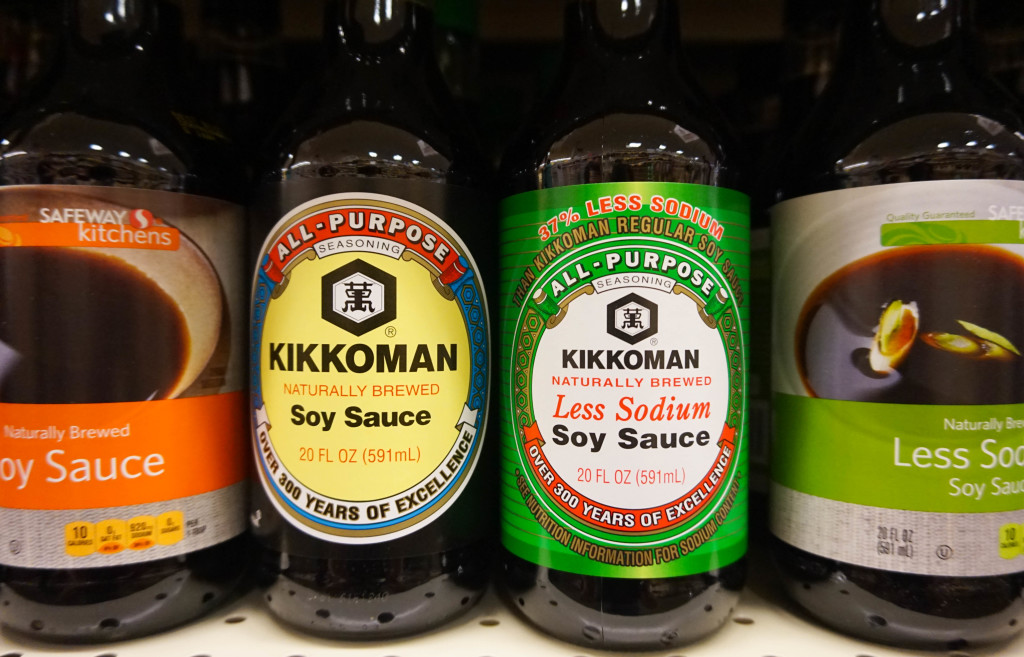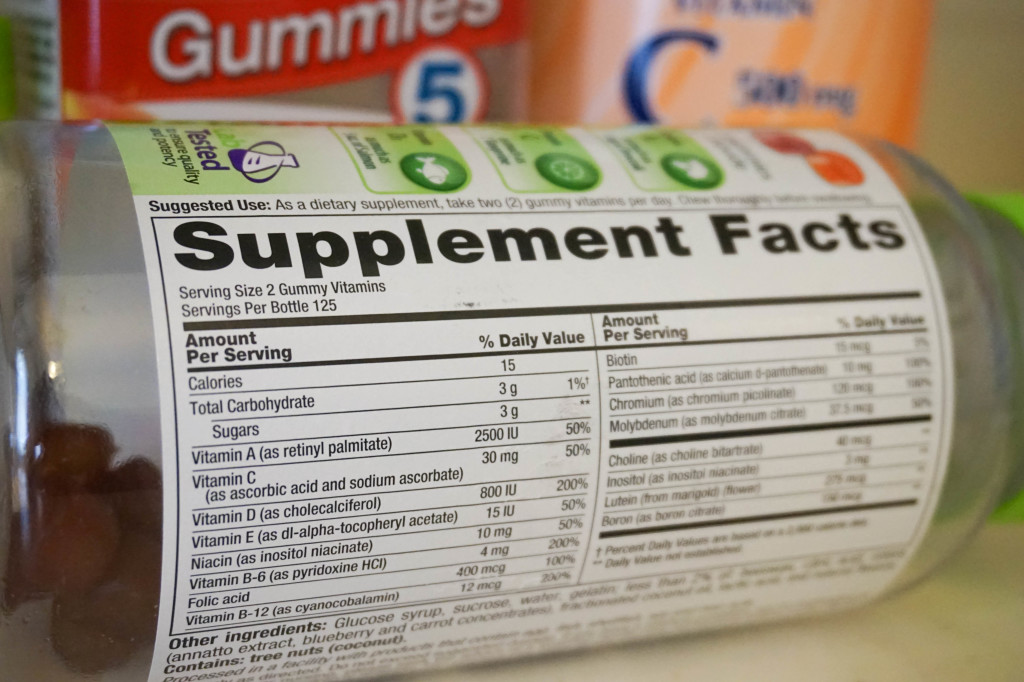It’s almost common knowledge that the more calories a food has, the more energy you’ll receive from it…or the more you energy you’ll spend burning it off. For many, looking at nutritional facts simply means checking the serving size and the number of calories while ignoring everything else below. Unfortunately, this practice won’t provide a measure of how healthy or nutrient-rich your diet is.
So what does everything else mean?
1. Fat content

Photo by Courtney Cheng
The grams of “Total Fat” doesn’t provide much insight about whether this fat is healthy or unhealthy, and take the “Saturated Fat” line with a grain of salt—the health community is currently debating if saturated fats are as unhealthy as we’ve been making them out to be. Spoon tip: If the food is natural—something that comes from the earth, like beef, and not a factory, like hot dogs—chances are the saturated fat won’t be as detrimental as those in the latter product.

Photo by Courtney Cheng
If you’re seeing any form of “Unsaturated Fat,” you’re on the right track to getting the proper amounts of necessary Omega-3 and Omega-6 fatty acids. If there is a high number of “Trans Fat,” you’ll want to reconsider your purchase. Trans fats are artificially created to extend shelf life and are scientifically proven to increase risk for heart diseases.
2. Sugar

Photo by Courtney Cheng
According to the American Heart Association, the average person should consume only 24-36 grams of sugar per day. The average American consumes about 22 teaspoons of sugar a day—which may not seem like much…until you realize this constitutes 350 calories of your food consumption. Processed foods and snacks like Yoplait yogurt and some advertised-as-healthy nutrition bars contain appreciable amounts of sugar per serving, so try your best to find low-sugar products that aren’t chock full of artificial ingredients.
3. Sodium

Photo by Courtney Cheng
Here’s a bit of shocking trivia: The Dietary Guidelines for Americans recommends each person intake less than 2,300 mg of sodium per day. The average American currently consumes about 3,400 mg—almost 50% more than recommended.
Reduce your sodium intake by buying natural, unprocessed foods; limiting your use of sodium-filled seasonings; and avoiding eating out. For more tips, check out this site, which provides a complete breakdown on why you should avoid consuming too much sodium.
4. Vitamins and minerals

Photo by Courtney Cheng
The Daily Value Percentage following each vitamin and mineral on the nutrition facts label is based on the amount of each micronutrient an average person should intake daily. While it’s generally difficult to overdose on vitamins and minerals from your diet, rethink your choices before snacking on those infamous gummy vitamins.
Because you already consume certain amounts of each vitamin and mineral in your diet, you may not need or want those gummies. Supplements are meant to fill where you may be lacking (If you’re curious, track an average day’s worth of food on the USDA’s Food Tracker.), so be careful not to overdose.
Photo Courtesy of USDA Super Tracker
Still feeling overwhelmed by all those long, scientific names and numbers? Don’t worry. With a little bit of practice, you’ll get the hang of it in no time.




